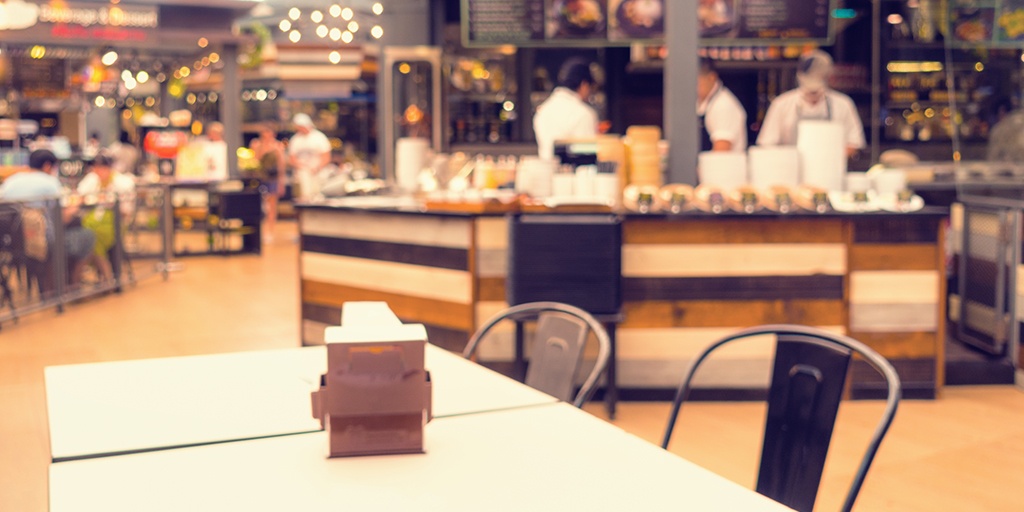In preparation for the upcoming International Council of Shopping Centers (ICSC) Centerbuild Conference, we are exploring some of the biggest current trends within the retail market. One of the largest takeaways from this year’s ICSC RECON Conference was the emergence of boutique restaurants, food markets, and food halls as a way of enhancing real estate assets and drawing in other retailers while simultaneously backfilling vacant space. One of our own salespeople, Al Cava, alluded to this in his recap from the ICSC RECON 2017 Conference.
As we close out 2017, our team is looking forward to learning more about the ways food can impact real estate decisions. As evidenced by this year’s program at the upcoming ICSC Centerbuild conference, the role of food in retail remains one of the hottest topics for retailers, owners, developers, and the rest of the design and construction industry.
Food Halls vs Food Courts
By most accounts, this shift towards food halls and away from the more traditional food court, falls very much in line with the continual reinvention of retail. As this trend has been noted in Europe for decades, this is hardly a new concept. However, the trend has now begun to take off here in the US, as well. As we discussed in our retail pop up article, the shifts across nearly every aspect of the retail world seems centered around the vendor’s ability to create a memorable experience for consumers. Food courts with fast food chains are a thing of the past, as they have proven unable to provide consumers the socio-cultural experiences they now crave. Because those impersonal dining options can no longer be expected to drive much-needed foot traffic into these spaces, the next era will be defined by the food hall. As a true culinary and cultural destination, the food hall will boast a blend of local artisan cuisines, offering better tasting, healthier, and more unique selections, while communal tables and aesthetically pleasing spaces work to create a boutique foodie experience all under one roof.
Future of Food Halls
A recent study by Cushman & Wakefield estimates that the number of food halls operating in the United States is expected to exceed 200 in 2019, about double the number that were open in late 2016. The idea is to create a buzz that will eventually yield local foot traffic and create a new destination for the best food experience. Some food halls will feature bars and entertainment, making them not just a lunchtime stop, but an evening experience as well.
Not Just for Retail Spaces
The future of these food halls will not just lie within retail centers. We are seeing the emergence of a new business model in which residential developers and office owners are looking at integrating food amenities into their spaces. By offering this amenity to their office tenants and residents, they are providing both a destination and experience close to work and home.
Stay Tuned
The hope is that this new trend will offer a solution to the ongoing problem of how best to fill difficult spaces while also reviving certain struggling retail centers. Of course, this is only the beginning. Milrose will be eager to share information from their workshops and case studies following the upcoming conference. Be sure to also keep a look out for our new blog on Milrose Insights after the conference, or even meet with our team while there! We would be happy to tell you a bit more about who we are and what we continue to learn from the industry.








